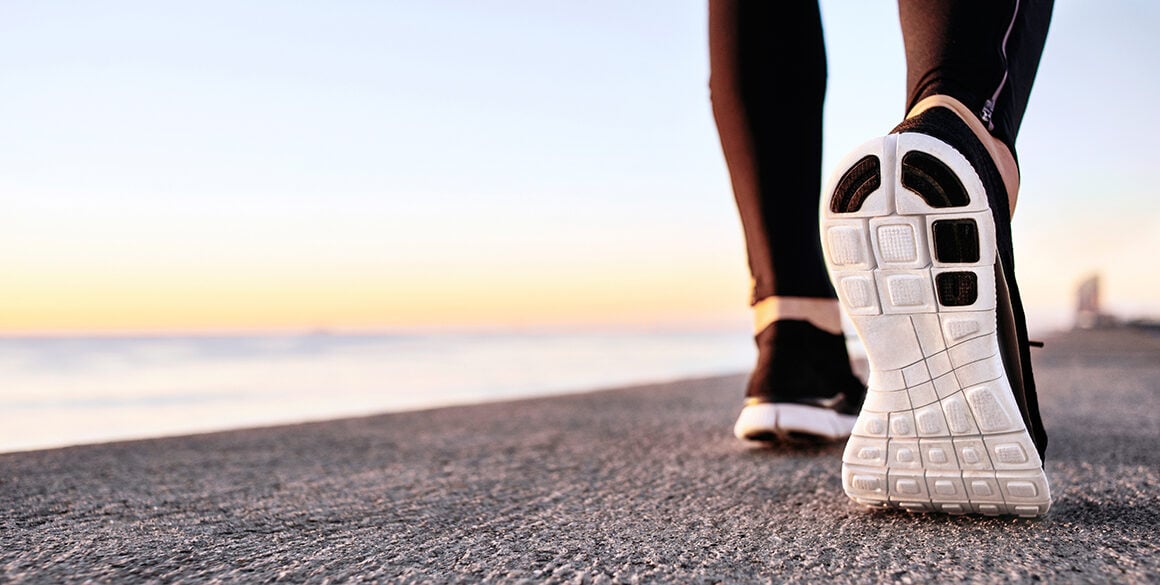Whether on vacation, traveling, or at work, you can always find a space to go for a walk.
Walking is, for many, an accessible exercise, and it has multiple health benefits. The little things you do every day add up to bigger results—and walking is a great way to get started and stay consistently active.
Walking is a gentle, low-impact cardio exercise that can ease you into a higher level of fitness and health. It's safe, simple, and regular brisk walking can provide many of the same benefits as more vigorous exercises, such as jogging.
According to the Mayo Clinic, just 21 minutes of walking a day can reduce your risk of heart attack by 30%. The American Heart Association speaks to its importance as well, noting that daily exercise can:
• Control your blood pressure
• Help you lose or maintain weight
• Improve balance and coordination
• Increase core strength
• Manage stress and improve mood by releasing endorphins
• Manage diabetes
• Reduce the risk of a heart attack
That’s not all, however. As simple an activity as walking has also been shown to improve sleep, slow mental decline and lower the risk of dementia, and assist with leading a longer, stronger life. Indeed, it’s been noted that walking can help us maintain an independent lifestyle as we age.

If you’re looking to increase the amount of time you spend walking, use these seven tips to get started:
- Start slowly. If you've been inactive, begin gently with 5 to 10 minutes of walking at a steady pace, then build up your time and distance over a couple of weeks to months.
- Set realistic goals. Start with attainable achievements, such as 20 to 40 minutes of walking five days a week.
- Adjust your plan. If you're taking a trip or at work, think of ways to incorporate short walks into your day to keep your plan on track.
- Don't let the weather get you down. If the weather isn't optimal, consider walking indoors at a local mall, exercise facility, or community center.
- Plan several different routes. To keep you from getting bored, add variety to your walking and use a few paths.
- Be consistent. To help your walk become a habit, build it into your daily routine. Maybe it becomes part of your lunch break or something to do after dinner. Add your walk to your calendar, just as you do with other appointments.
- Mix up your routine. Add small challenges to your routes or try some of these ideas: add a workout section with a set of lunges, squats, or push-ups; vary your level of difficulty or pace; walk on grass or a dirt or gravel path instead of concrete; up the ante with resistance bands or weights; listen to music, a podcast, or a guided meditation as you walk.
Once you take that first step, you'll be on your way to an important destination: better health.
Ready to build a new routine? Follow the Mayo Clinic’s 12-week walking plan, and continue to check TravelBlogue each month for wellness tips!






